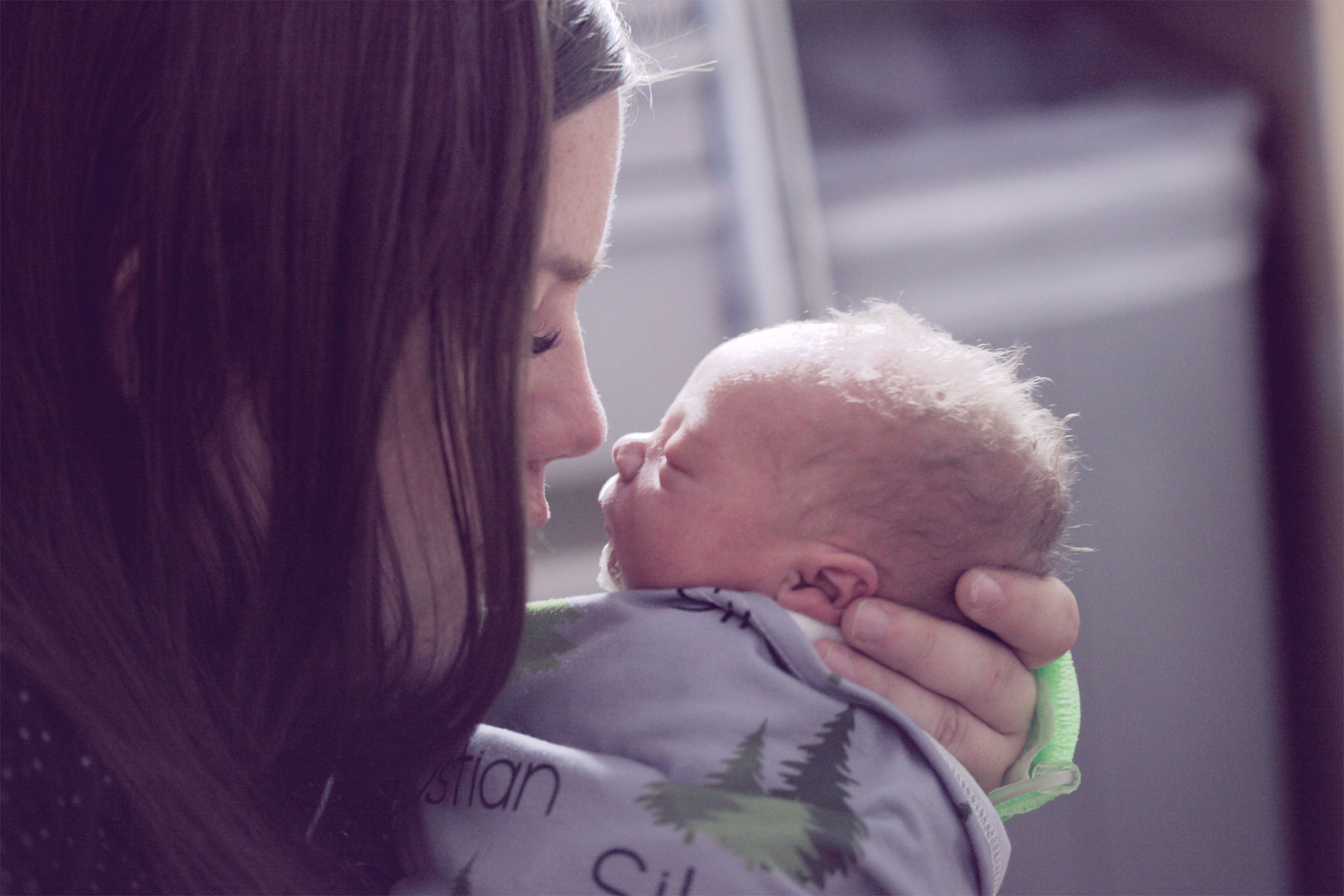
16 Jan Instrument-Assisted Birth
Dr Manisha Fernando and Dr Katrina Reid provide insight into what an instrument-assisted delivery entails, and when it is necessary.
While most births occur without the need for intervention from doctors or midwives, sometimes it is necessary for health staff to use an instrument to help with the process, so the baby can pass through the birth canal.
Why They Are Done
Instrumental deliveries are done to ensure the safety of mums and babies, and in some cases can help avoid a caesarean section being performed. They are done in the second stage of labour, after the cervix (entrance to the uterus) has fully dilated or opened, and may also be referred to as an instrument-assisted delivery. Instruments are only used if the risks of using them are less than the risks of not using them and waiting for nature to take its course.
In Australia, about one in ten vaginal births are instrumentally assisted.
This occurs more commonly in women having their first baby, as labour tends to take longer and be more challenging the first time round. Once a woman has had a baby, her body has a memory of this process and things tend to happen more readily with subsequent births. There are, of course, exceptions to this.
Reasons for an Instrument-assisted Delivery
1. The baby not moving down through the birth canal.
2. The baby becoming distressed.
3. A medical reason why the mother shouldn’t push.
If the baby is not progressing down the birth canal, it is important the woman is given enough time to allow her to push the baby out before considering an instrumental delivery. As a guide, this would be up to two hours (once the cervix is fully dilated) for a first baby, or up to an hour for a subsequent baby, but there are no exact time limits and with every instrument-assisted delivery a woman and baby’s individual circumstances are considered.
Sometimes the baby may be in a position that makes it difficult to pass through the birth canal, or exhaustion may make it difficult for a woman to push adequately. Epidurals can be great for pain relief, but can also make it difficult for mums to push effectively. However most women who have received an epidural should be able to achieve vaginal birth without the need for instrumental assistance.
So what exactly are these tools of the trade?
There are two common types of tools (instruments) doctors may use to help deliver the baby. These are:
Vacuum assistance (also called ventouse)
A metal, rubber or plastic cup is placed over the top of the baby’s head and held in place by suction. This can then be used to help gently pull the baby through the birth canal.
Forceps
Forceps are basically curved metal tongs shaped to fit around the baby’s head to allow the baby to be gently guided out of the birth canal.
Both methods are considered safe and appropriate for delivering a baby.
The obstetrician will decide the best approach in each individual case.
During an instrument-assisted delivery the mother will usually have a catheter inserted to empty her bladder, which helps with the delivery. A local anaesthetic or a regional anaesthetic (which can be given as an epidural or as a spinal, depending on the circumstances) will be used to numb the birth canal.
Generally, during an instrumental delivery the obstetrician will make an episiotomy – a cut in the tissues at the back of the vagina – to enlarge the opening of the vagina to make more room for the baby to pass through and to prevent tearing of the tissues of the birth canal. If this is done, some local anaesthetic will usually be used to numb the area first.
Recovery following a ventouse or forceps delivery should not be complicated, but will be different for each woman. Women who have an instrument-assisted delivery are more likely to have an episiotomy and require vaginal stitches after the birth. However, a significant number of women who deliver without assistance will also have an episiotomy or vaginal-wall tear requiring stitches.
Following giving birth, all women can speak with their GP, midwife, obstetrician or maternal-and-child health nurse if they have questions about their recovery.
Dr Manisha Fernando and Dr Katrina Reid are GP mothers who write about prenatal and pregnancy health.
Note: This article provides general health information and in no way constitutes medical advice. Ideas and information expressed may not be suitable for everyone. Readers wishing to obtain medical advice should contact their own doctor.
Words by Dr Manisha Fernando and Dr Katrina Reid

